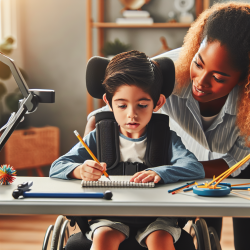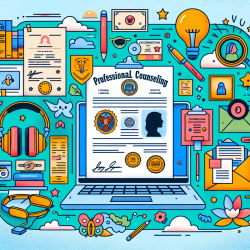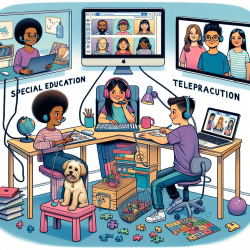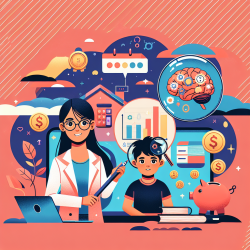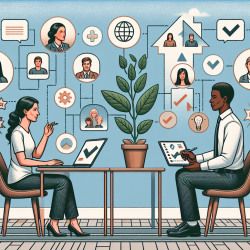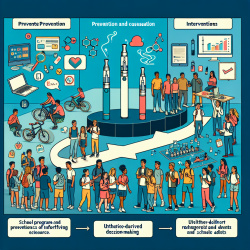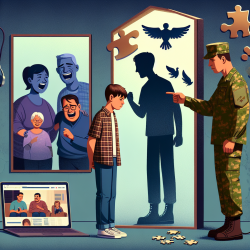Neuromuscular disorders (NMD) present significant challenges for children, affecting their mobility, daily activities, and overall quality of life. The research article "Assistive technology based on client-centered for occupational performance in neuromuscular conditions" by Pousada García et al. provides valuable insights into how assistive technology (AT) can be used to enhance the occupational performance and independence of individuals with NMD.
This blog aims to help practitioners improve their skills by implementing the outcomes of this research or encouraging them to conduct further research. By focusing on data-driven decisions and evidence-based practices, we can create better outcomes for children with NMD.
Key Findings from the Research
- The study involved 24 participants with NMD, highlighting the significant role of AT in improving their functional independence.
- Participants used various forms of AT, with wheelchairs being the most common (70.8%).
- Architectural barriers were prevalent in most homes (87.5%), indicating the need for home modifications to support independence.
- Occupational performance was assessed using the Functional Independence Measure (FIM), revealing a moderate level of dependence among participants.
Implementing Research Outcomes in Practice
Based on the findings of this study, practitioners can take several steps to enhance the occupational performance of children with NMD:
1. Comprehensive Assessment
Conduct a thorough assessment of the child's functional abilities, environmental factors, and the specific needs related to their occupational performance. Utilize standardized tools such as the FIM to evaluate their level of independence in activities of daily living (ADLs).
2. Personalized Assistive Technology
Recommend AT devices tailored to the child's needs. Ensure that the chosen AT supports their mobility, communication, and daily activities. For instance, wheelchairs, communication aids, and adaptive tools can significantly improve their independence.
3. Home Modifications
Identify and address architectural barriers in the child's home environment. Simple modifications, such as installing ramps, widening doorways, and adapting bathrooms, can make a substantial difference in their ability to perform ADLs independently.
4. Caregiver Support and Training
Provide training and support to caregivers, ensuring they are well-equipped to assist the child effectively. Educate them about the use of AT and home modifications to enhance the child's independence.
5. Ongoing Evaluation and Adaptation
Regularly reassess the child's needs and the effectiveness of the interventions. As the child's condition progresses, their requirements for AT and home modifications may change. Stay proactive in adapting the support provided.
Encouraging Further Research
While this study provides valuable insights, further research is needed to explore the long-term impact of AT and home modifications on the quality of life of children with NMD. Practitioners are encouraged to contribute to this field by conducting longitudinal studies and sharing their findings.
To read the original research paper, please follow this link: Assistive technology based on client-centered for occupational performance in neuromuscular conditions.
